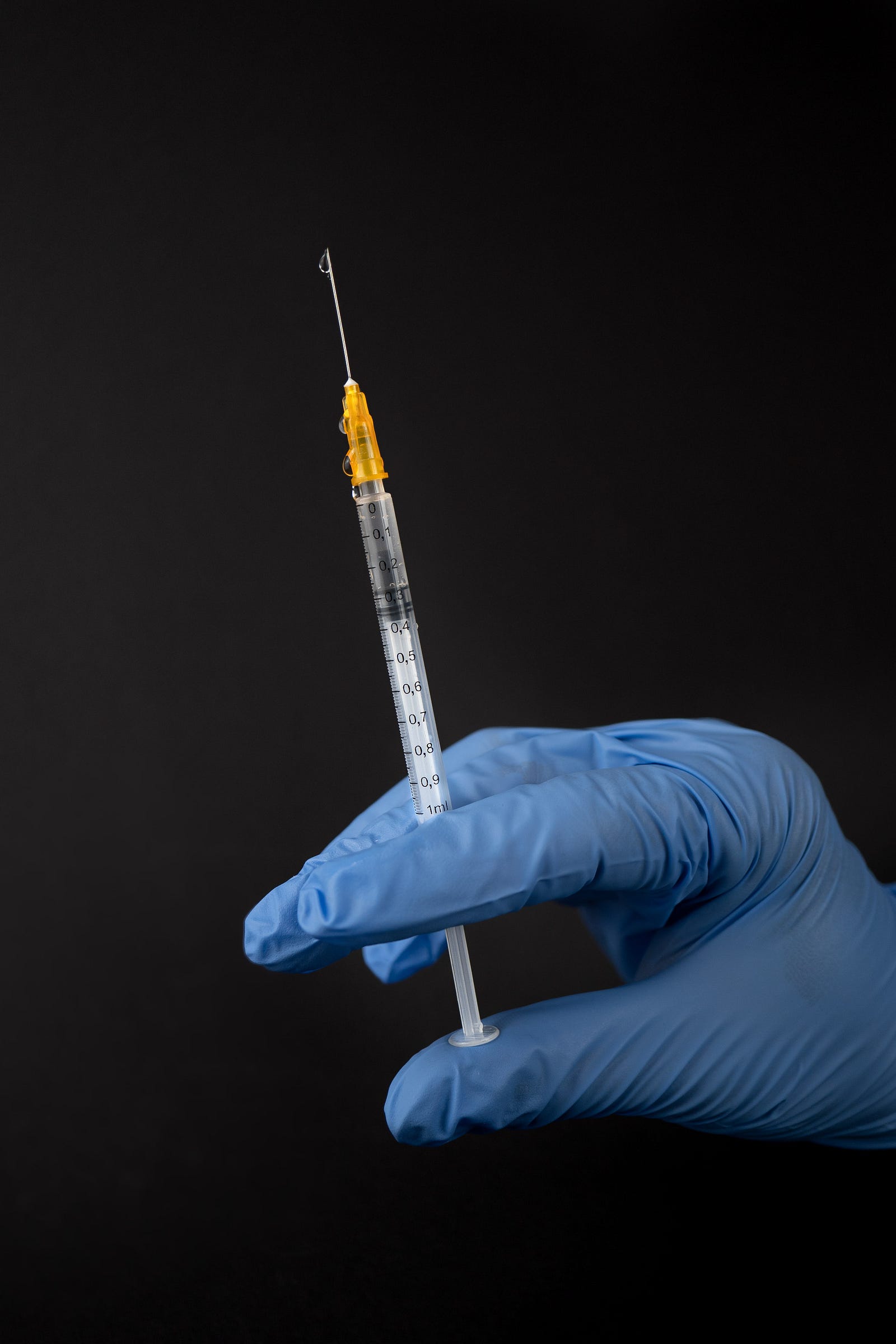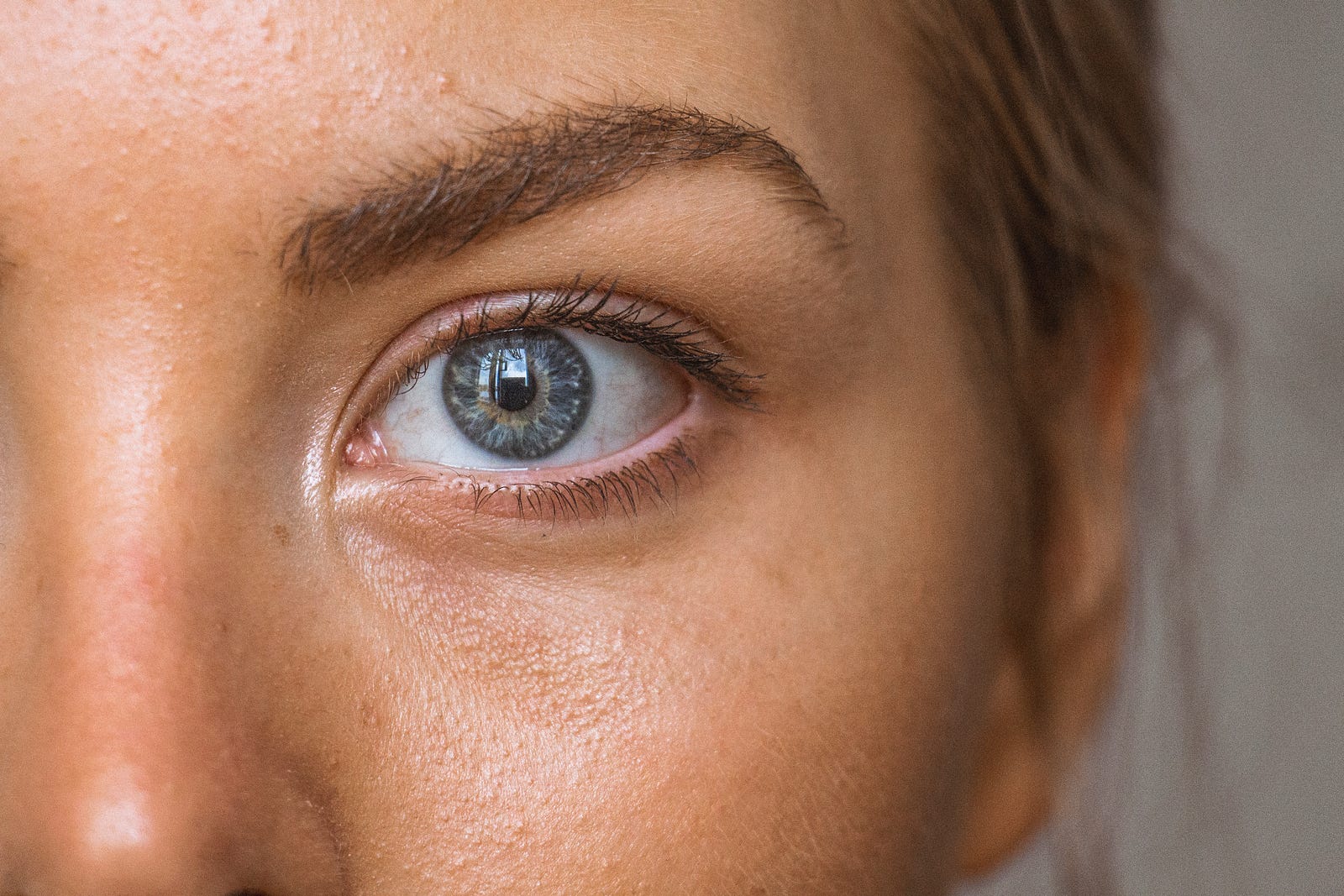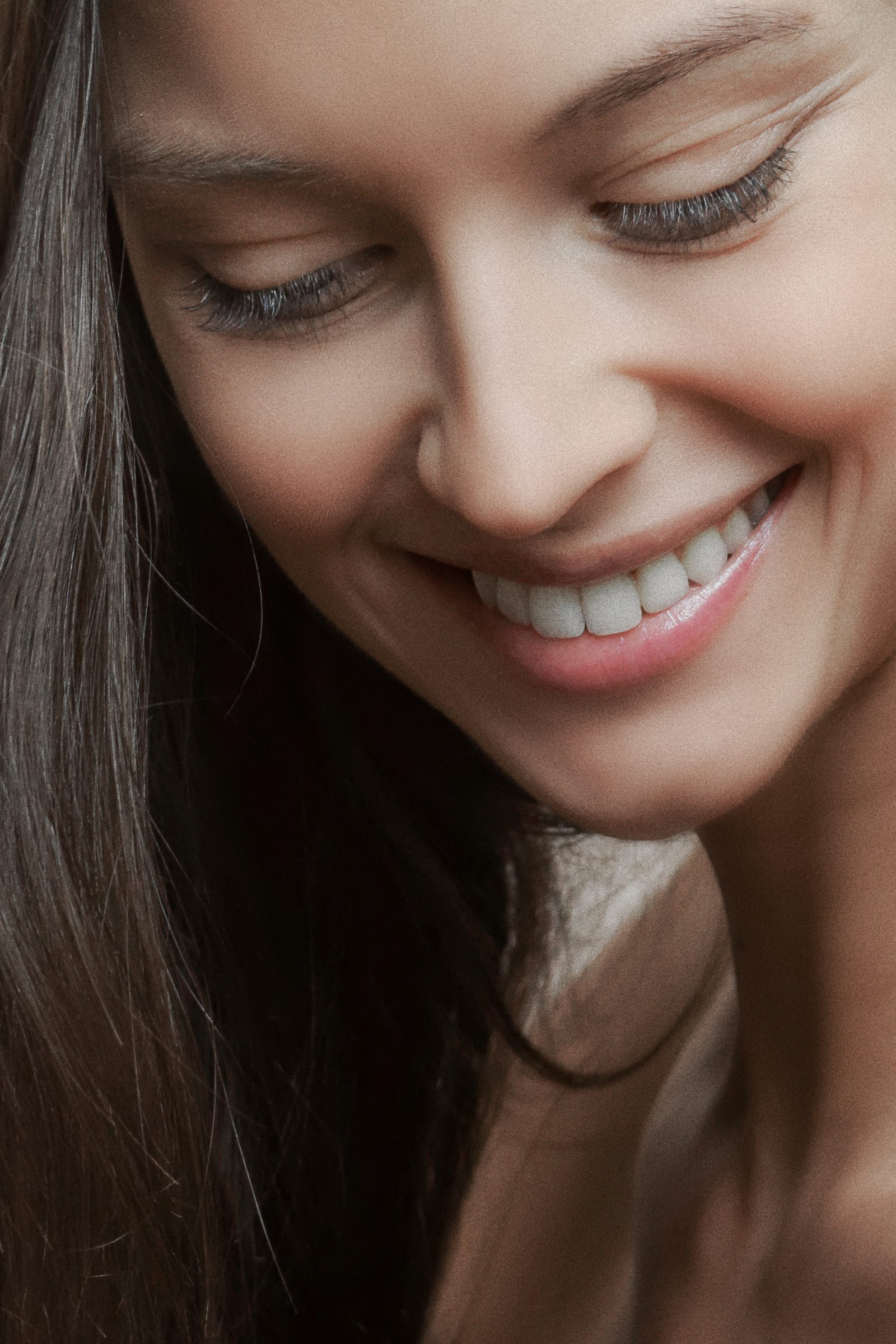A REMARKABLE SHIFT IS TAKING PLACE as needle-free alternatives to Botox surge in popularity in the ever-evolving realm of beauty products. The traditional approach of using injections to achieve a youthful appearance is challenged by innovative advances offering pain-free, non-invasive options. Today, we explore the rise of needle-free Botox alternatives in the beauty industry.
This paradigm shift has ushered in a new era where individuals seeking wrinkle reduction and facial rejuvenation can explore cutting-edge alternatives without needles.
In this article, we delve into the rise of needle-free Botox alternatives, exploring the reasons behind their growing appeal and the transformative possibilities they bring to the beauty world.
I turned 60 this year, and while I am not interested in pursuing Botox or needle-free alternatives, I am not close-minded about the idea.
“I think plastic surgery should be viewed almost like makeup, because we’re all putting on a fucking mask basically every day anyway, when you dye your hair, you’re changing who you are, and I don’t think there’s anything wrong with that. People should get plastic surgery or fillers or lasers or whatever if they want it — that should be your own personal decision.” — Khloé Kardashian to Cosmopolitan.com in 2016.
What is Botox?
Before we get to needle-free approaches to modifying aging skin, I want to discuss the historical gold standard, Botox.
The Mayo Clinic (USA) explains that Botox injections use a toxin that prevents a muscle from moving for a limited time. Many use Botox to smooth facial wrinkles.
However, Botox injections are also used to manage excessive sweating (primary hyperhidrosis), neck spasms, lazy eye, an overactive bladder, migraine headaches, and other medical conditions.

Botox medicine is the same toxin that can cause a food poisoning type known as botulism. However, the purified botulinum toxin used for medical purposes is, as a rule, not generally harmful when used properly.
Do Botox injections effectively reduce wrinkles and fine lines?
Botox is more preventative than restorative. The botulinum toxin “freezes” facial muscles; you cannot contract these muscles in ways that deepen wrinkles and deep lines.
If you have a skin line that is present at rest, whether a deep wrinkle or an etched-in frown line, Botox will not magically erase it. Botox injections do not act like an iron taking wrinkles out of a shirt.
Now I understand why many young adults consider getting Botox early in life; individuals are trying to prevent future declines in skin appearance.
One interesting observation: A 2009 study in the Journal of Cosmetic Dermatology discovered that when individuals had Botox that prevented frowning, they had reduced negative mood.
Botox Risks
Botox injections contain the neurotoxin botulinum toxin and are generally considered safe when administered by a qualified medical professional. However, like any medical procedure, there are potential risks and side effects associated with Botox injections. Some of the risks include:
- Muscle weakness: Botox works by temporarily paralyzing or weakening the muscles injected. While this is desired for cosmetic purposes, there is a risk of unintended muscle weakness in nearby areas if the Botox spreads beyond the intended injection site. Patients may develop drooping eyelids, an uneven smile, or difficulty swallowing or speaking.
- Allergic reactions: Although rare, some individuals may be allergic to Botox or its components. Allergic reactions can range from mild symptoms like skin rash or itching to more severe reactions such as difficulty breathing or swelling of the face, lips, or tongue. If you experience any signs of an allergic reaction, seek immediate medical attention.
- Bruising and pain: Botox injections involve using a needle, which can cause bruising, swelling, or pain at the injection site. These side effects are usually temporary but can persist for a few days after the procedure.
Other risks
- Headache or flu-like symptoms: Some people may experience a mild headache or flu-like symptoms following Botox injections. These symptoms typically resolve independently within a few hours to a few days.
- Temporary facial asymmetry: In some cases, Botox injections may result in temporary facial asymmetry. This side effect can occur if the injected muscles are not balanced properly, causing one side of the face to appear different from the other. This effect is usually temporary and resolves as the Botox wears off.
- Droopy eyelid or eyebrow: Although rare, Botox injections around the eyes can sometimes cause a droopy eyelid or eyebrow. This symptom occurs if the injected Botox affects the muscles responsible for lifting the eyelid or eyebrow. The condition typically improves as the effects of Botox wear off.
- Other potential risks: In rare cases, Botox injections can lead to more serious complications such as difficulty swallowing and breathing or vision problems. These risks are generally associated with improper administration or use of excessive amounts of Botox.
It’s important to note that Botox injections’ risks and side effects can vary from person to person, and discussing your medical history and any concerns with a qualified healthcare professional is crucial before undergoing any cosmetic procedure.
“I say, don’t fight the rings on the trunk of a tree. Just keep counting ’em. The idea of not looking like myself scares me. I just think a person’s character is what’s interesting.” — Drew Barrymore.
Beauty Industry Trends
In recent years, the beauty industry has witnessed a significant shift towards non-invasive procedures and a growing demand for needle-free alternatives to Botox.
Traditional Botox injections have long been favored for their ability to smooth wrinkles and restore a youthful appearance.
However, technological advancements and innovative research have opened up a whole new world of options for individuals seeking to rejuvenate their skin without needles.

Botox injections limitations
Let’s explore the rise of needle-free Botox alternatives and their exciting possibilities for redefining beauty.
While Botox injections have been widely used and proven effective, they come with several drawbacks.
Firstly, the procedure requires injections, which can be uncomfortable and may cause temporary bruising or swelling.
Secondly, the positive effects of traditional Botox injections are temporary, typically lasting for a few months before requiring repeat treatments. Such limitations have paved the way for developing innovative alternatives that address these concerns.
Let’s look at some promising needle-free Botox alternatives.
1. Botox Alternative — Topical Creams or Gels
One promising needle-free alternative involves the use of topical creams or gels containing ingredients that mimic the effects of Botox. When applied to the skin, these formulations help relax facial muscles and reduce the appearance of wrinkles.
While the results may not be as dramatic as traditional injections, topical Botox alternatives offer a convenient, non-invasive option for individuals seeking subtle improvements.
Several topical creams and gels claim to provide alternatives to Botox injections. While these products may offer temporary improvements in the appearance of wrinkles or fine lines, it’s important to note that they do not have the same muscle-paralyzing effects as Botox. Here are a few examples:
- Retinol creams: Retinol is a form of vitamin A that can stimulate collagen production and improve the texture and appearance of the skin. It may help reduce the appearance of fine lines and wrinkles over time. However, the effects of retinol creams are typically milder and take longer to show compared to Botox injections.
- Peptide-based creams: Peptides are short chains of amino acids that can promote collagen production and improve skin elasticity. Some topical creams contain specific peptides that claim to reduce the appearance of wrinkles. While they may provide some benefits, the effects are generally temporary and less pronounced than Botox.
- Hyaluronic acid serums: Hyaluronic acid is a naturally present substance that helps retain moisture and maintain skin elasticity. Topical serums containing hyaluronic acid can hydrate the skin and temporarily plump up wrinkles, reducing their visibility. However, the effects are temporary and limited to the surface level.
- Argireline creams: Argireline is a peptide compound that claims to reduce muscle movement and relax facial tension, similar to Botox. However, its effects are much milder and less pronounced than Botox injections. Argireline creams may temporarily improve wrinkle appearance, but the results are not as significant.
Expectations
It’s important to manage expectations when using topical creams or gels as alternatives to Botox. hy
While they may offer some benefits, the results of topical gels or creams are typically modest and temporary.
Botox injections or other cosmetic procedures may be more suitable options if you’re looking for more significant and long-lasting wrinkle reduction. It’s recommended to consult with a qualified dermatologist or healthcare professional to discuss the best approach for your specific concerns.
2. Botox Alternative — High-Tech Devices
Technology advances have given rise to various high-tech devices that offer non-invasive alternatives to Botox.

These approaches utilize techniques such as radiofrequency, ultrasound, or laser therapy to stimulate collagen production, tighten the skin, and reduce the signs of aging. Examples include the following:
- Skin rejuvenation can be effected through various means, including mechanical, thermal, chemical, light, and injection.
- Laser resurfacing is a laser surgery technique that disassociates molecular bonds. It treats wrinkles, sun damage, stretch marks, and other skin issues.
- Fractional laser photothermolysis (F.P.) is a type of laser-based skin resurfacing with several devices on the market. A fractional laser delivers laser light to the skin.
- Intense Pulsed Light (IPL) uses flashlamps (not lasers) to produce high-intensity light over broad visible and infrared wavelengths with filters that select the desired range. IPL treats sun-damaged skin and other skin issues.
- Photodynamic therapy (PDT) uses photosensitive compounds that are activated by light. It treats photoaging, acne, skin cancer, and other conditions.
These innovative devices can provide relatively pain-free and effective solutions for achieving youthful skin by bypassing the need for injections.
3. Botox Alternative — Dermal Fillers
Another needle-free approach gaining popularity is the use of dermal fillers. A clinician injects these fillers, often made of hyaluronic acid or other natural substances, using specialized techniques that don’t require traditional needles.
Dermal fillers help plump the skin, smooth wrinkles, and restore lost volume, providing a natural and long-lasting alternative to Botox.
Dermal fillers can reduce the appearance of wrinkles and restore volume to areas of the face that have lost fullness due to aging.
The effectiveness of dermal fillers in treating wrinkles can vary depending on factors such as the type of filler used, the depth and location of the wrinkles, and individual factors like skin condition and age.
Overall, dermal fillers can be quite effective in reducing the appearance of certain types of wrinkles, particularly those caused by volume loss or the breakdown of collagen and elastin in the skin.
Dermal fillers work by injecting a gel-like substance into the skin, which adds volume and plumps up the area, smoothing out wrinkles and lines.
Dermal Fillers — 4 Key Points
Here are four key points to consider regarding the effectiveness of dermal fillers for wrinkles:
- Nasolabial folds and marionette lines: Dermal fillers are commonly used to address deeper wrinkles and folds such as nasolabial folds (lines running from the nose to the mouth) and marionette lines (lines extending downward from the corners of the mouth). Fillers can effectively plump up these areas, reducing the depth and visibility of the wrinkles.
- Lip lines and thinning lips: Dermal fillers can treat fine lines around the lips, commonly referred to as lip lines or smoker’s lines. They can also add volume and enhance the shape of the lips, providing a more youthful appearance.
- Under-eye hollows and tear troughs: Dermal fillers can address under-eye hollows and tear troughs, contributing to dark circles and a tired look. By adding volume to these areas, fillers can help smooth the transition between the lower eyelid and the cheek, reducing the appearance of shadows and wrinkles.
- Duration of results: The duration of the results can vary depending on the type of filler used. Some fillers can provide results that last anywhere from several months to over a year. However, it’s important to note that the effects of fillers are not permanent, and individuals usually need subsequent treatments to maintain the desired results.
More on dermal fillers
It’s worth mentioning that while dermal fillers can effectively reduce the appearance of wrinkles, they do not address dynamic wrinkles caused by muscle movement (e.g., crow’s feet or frown lines). Treatments such as Botox injections may be more appropriate for these types of wrinkles.
Ultimately, the effectiveness of dermal fillers for wrinkles depends on various factors, and it’s important to consult with a qualified medical professional, such as a dermatologist or plastic surgeon, to determine the best treatment approach based on your specific needs and desired outcomes.
Botox Alternatives — Benefits
First, needle-free alternatives to Botox infections eliminate injection-related discomfort. Many individuals find the idea of needles off-putting or fear injections.
By offering pain-free options, needle-free alternatives make the beauty enhancement process more accessible and enjoyable for a broader range of people.

Second, while traditional Botox injections require some downtown (because of potential swelling or bruising), needle-free alternatives typically have minimal to no downtime.
Individuals typically resume their daily activities immediately after treatment with needle-free alternatives. These approaches can also be more discrete than Botox injections.
Third, needle-free alternatives allow for considerable customization to individual preferences or needs.
Botox Alternatives — Conclusions
The rise of needle-free Botox alternatives has revolutionized the beauty industry by offering non-invasive, convenient, and customizable options for achieving youthful and rejuvenated skin.
From topical creams to high-tech devices and dermal fillers, these alternatives provide effective solutions while bypassing the discomfort and limitations associated with traditional injections.
As more research and advancements continue to unfold, we can expect the field of needle-free beauty to expand, allowing individuals to redefine their beauty confidently and on their terms.
Embracing these alternatives empowers individuals to explore new possibilities, unlocking a world where innovation, comfort, and remarkable result redefine beauty.
Key points — Needle-free Botox alternatives
Questions. Are there effective needle-free Botox alternatives?
Findings. Yes, from topical creams to high-tech devices and dermal fillers, needle-free alternatives provide effective skincare solutions while bypassing the discomfort and limitations of traditional injections.
Meaning. This paradigm shift has ushered in a new era where individuals seeking wrinkle reduction and facial rejuvenation can explore cutting-edge alternatives without needles.
Finally, I have not addressed the societal pressure to maintain a youthful appearance, the role of social media in promoting unrealistic beauty standards, and the potential impact on mental health and self-esteem.
“It’s unfortunate that we live in such a panicked, dysmorphic society where women don’t even give themselves a chance to see what they’ll look like as older persons. I want to [know] what I’ll look like before I start cleaning the slates. I want my kids to know when I’m pissed, when I’m happy, and when I’m confounded. Your face tells a story … and it shouldn’t be a story about your drive to the doctor’s office.” — Julia Roberts, speaking to Elle.
The information I provided in this blog is for educational purposes only and does not substitute for professional medical advice. Please consult a medical professional or healthcare provider for medical advice, diagnoses, or treatment. I am not liable for risks or issues associated with using or acting upon the information in this blog.
Thank you for reading “Needle-Free Botox.”



